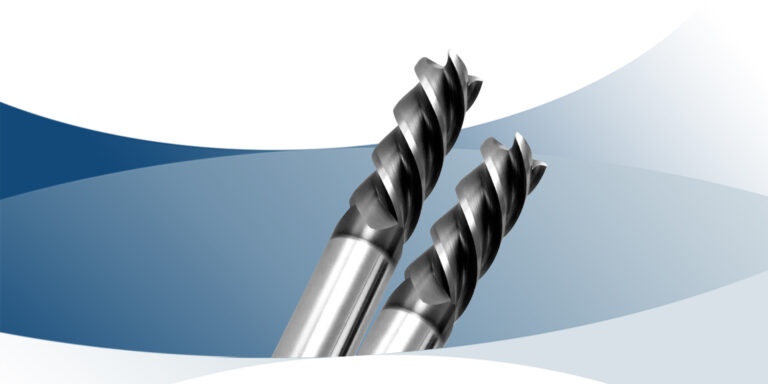Carbide end mills are an essential tool for precision machining, widely used in various industries such as aerospace, automotive, and medical. Choosing the right carbide end mill is crucial for achieving accurate and efficient results. In this article, we will guide you through the process of selecting the ideal carbide end mill for your machining needs.
First and foremost, it is important to consider the material you will be machining. Different materials require different types of carbide end mills to achieve the best results. For example, if you are machining aluminum, a carbide end mill with a high helix angle and sharp cutting edges would be ideal. On the other hand, when machining steel, a carbide end mill with a high number of flutes and a larger core diameter would be more suitable. Understanding the characteristics of the material and selecting the appropriate carbide end mill will greatly improve machining efficiency and surface finish.
Next, consider the diameter and length of the carbide end mill. The diameter of the end mill will determine the maximum depth of cut it can achieve, while the length affects the rigidity of the tool. Selecting the right combination of diameter and length is crucial to prevent tool deflection and ensure accurate machining. For instance, if you are machining a deep pocket, a longer carbide end mill with a smaller diameter would be preferable to maintain stability and prevent chatter.
Another important factor to consider is the coating on the carbide end mill. Coatings such as TiN, TiCN, and TiAlN provide enhanced wear resistance and prolong tool life. TiN coating, for example, is suitable for general-purpose machining, while TiAlN coating offers excellent heat resistance and is ideal for high-speed machining applications. Understanding the specific requirements of your machining operation will help you select the appropriate coating for your carbide end mill.
Furthermore, the number of flutes on the end mill plays a significant role in chip evacuation and surface finish. End mills with fewer flutes are typically used for roughing operations, while those with more flutes are suitable for finishing operations. For example, a 2-flute carbide end mill is commonly used for aluminum machining, as it allows for efficient chip removal, while a 6-flute end mill provides a finer surface finish. Matching the number of flutes to the machining operation is fundamental for optimized performance.
In addition to the considerations mentioned above, it is also important to evaluate the manufacturer’s reputation and product quality. Look for a reputable manufacturer with a proven track record in producing high-quality carbide end mills. A reliable manufacturer will provide you with consistency in performance, precise tolerances, and exceptional durability.
To summarize, choosing the right carbide end mill for precision machining requires thorough consideration of material, diameter, length, coating, number of flutes, and the manufacturer’s reputation. By understanding the specific requirements of your machining operation and selecting the appropriate carbide end mill, you can achieve accurate and efficient results. Remember, the key is to match the characteristics of the end mill to the material and machining operation to enhance performance and ensure the best possible outcome.
Selecting the right carbide end mill is essential for precision machining. By following the guidelines mentioned in this article, you can make an informed decision and achieve superior results in your machining endeavors. So, take the time to evaluate your requirements and choose wisely. Happy machining!

